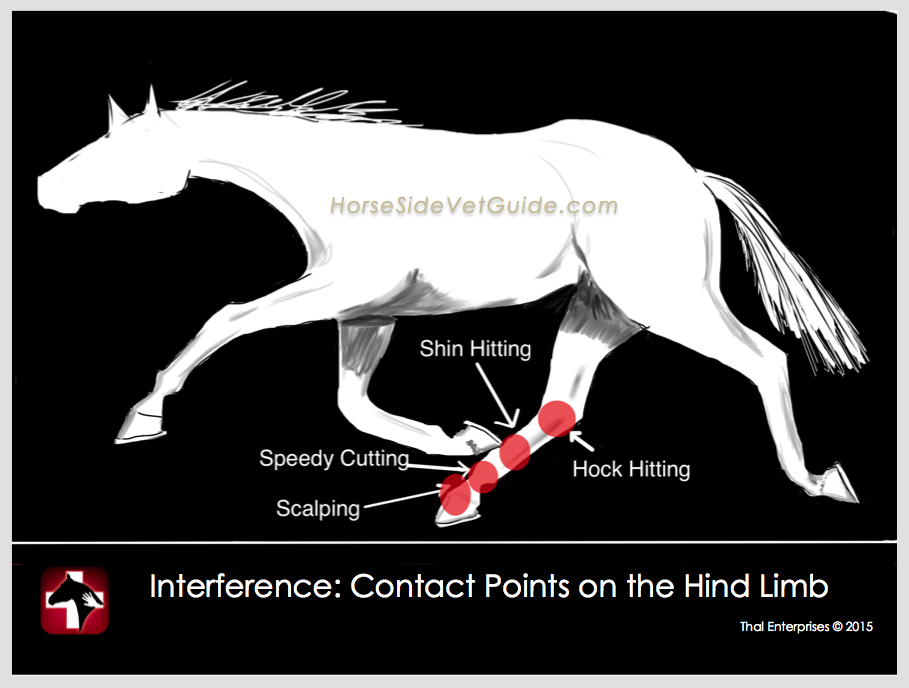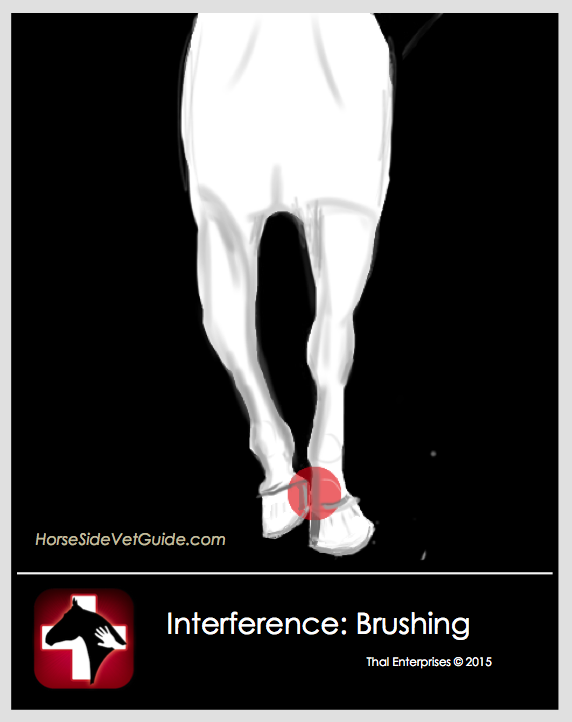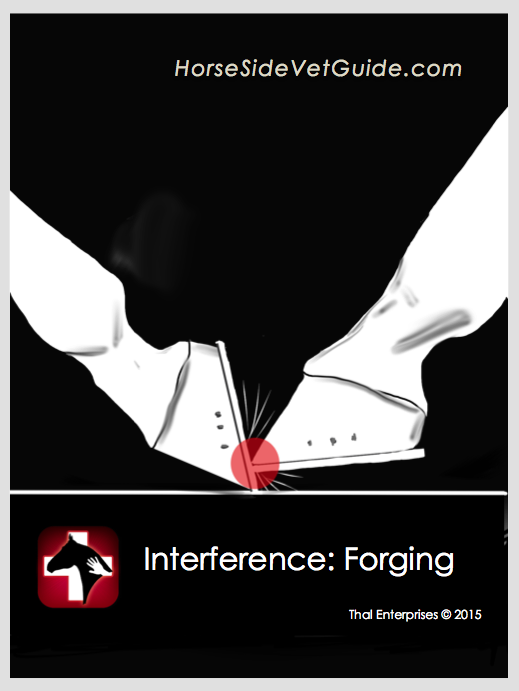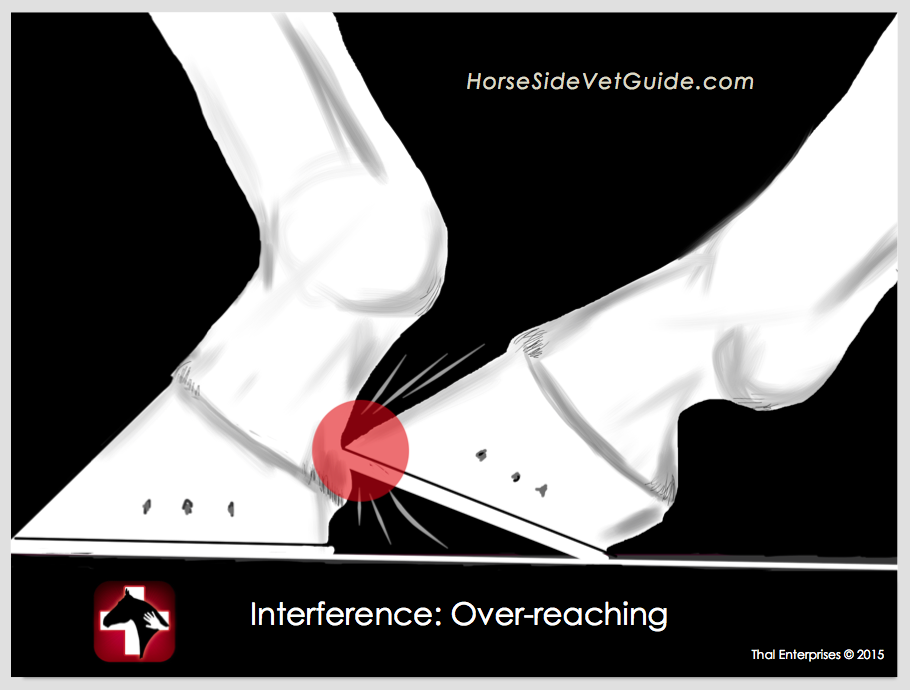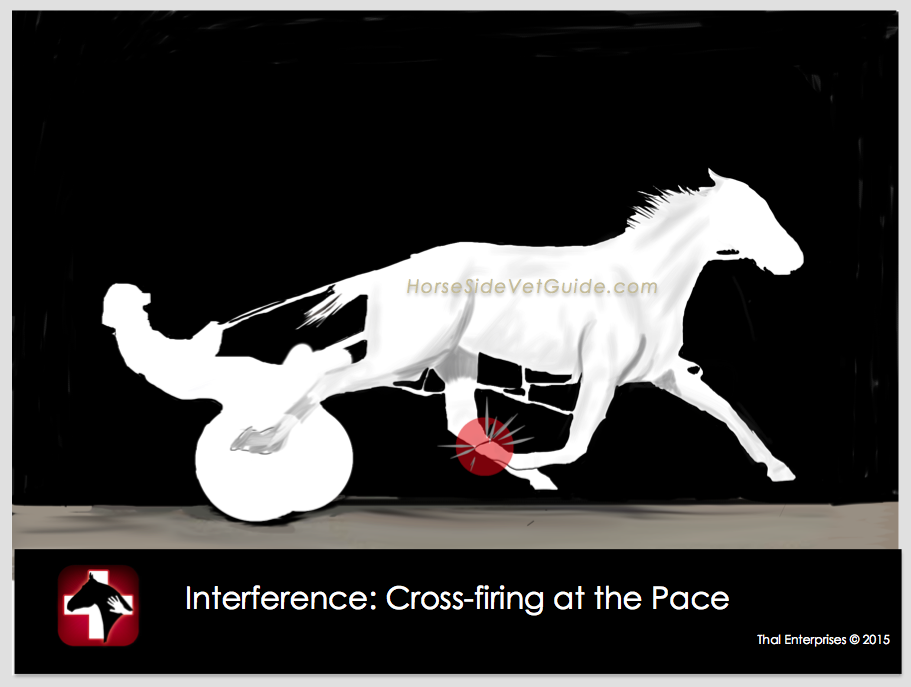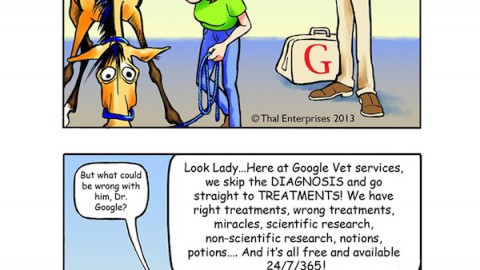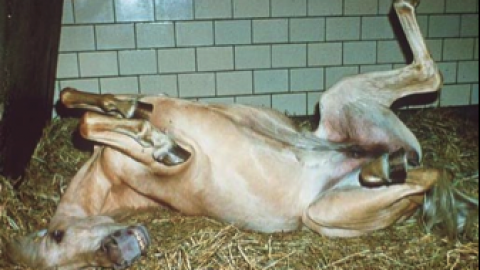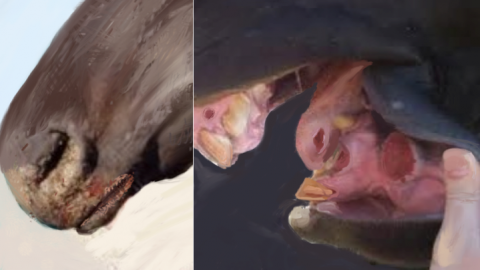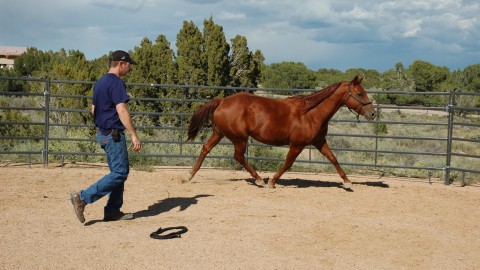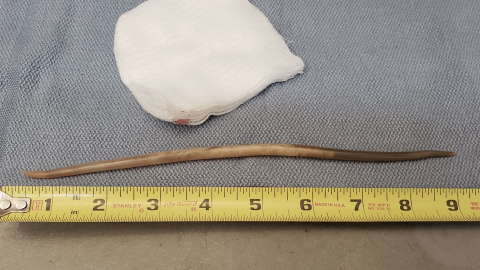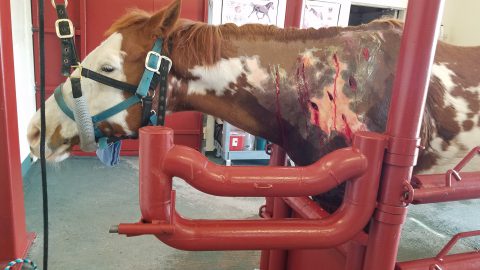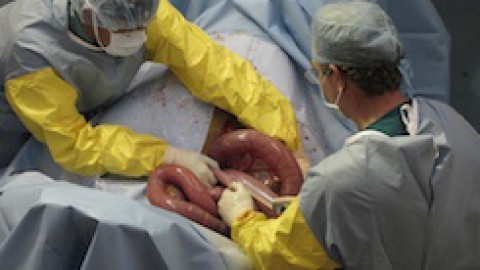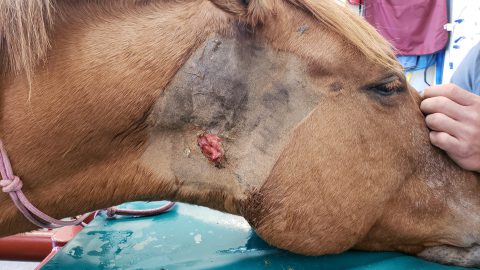
Related Articles
-
Why I Created Horse Side Vet Guide
This cartoon is obviously a joke, but as a long-time equine veterinarian, scenarios like this are... -
Equine Colic (Abdominal Pain): Part I
Vesicular Stomatitis (VS): What Horse Owners Should Know
Lameness & The Lameness Exam: What Horse Owners Should Know
WHAT IS EQUINE LAMENESS? Lameness is a term used to describe a horse’s change in gait,...Resistant!
Equine parasites are becoming resistant to our de-worming compounds. This blog post addresses why this is a...Injecting Your Horse Can Be Hazardous. Know the Risks!
Sunny, a 10 year old paint gelding, was given his routine vaccinations. A day later, there...Colic Surgery: What Horse Owners Should Know
Cases From the Clinic: A Non-Healing Wound of the Throatlatch of a Mare
Bella came to our veterinary practice with a long-standing, non-healing wound of her right throatlatch. ...
ARCHIVES
- September 2020 (1)
- August 2020 (1)
- July 2020 (1)
- October 2019 (2)
- April 2019 (1)
- February 2019 (1)
- February 2018 (1)
- May 2017 (1)
- April 2017 (1)
- February 2017 (1)
- October 2016 (1)
- May 2016 (1)
- March 2016 (1)
- February 2016 (1)
- January 2016 (1)
- September 2015 (1)
- May 2015 (1)
- April 2015 (2)
- February 2015 (1)
- January 2015 (1)
- August 2014 (3)
- July 2014 (1)
- June 2014 (1)
- May 2014 (3)
- April 2014 (2)
- August 2013 (1)
Download the Horse Side Vet Guide® App Now!
♥ Be the Best Equine Caretaker that You Can Be ♥
The Horse Side Vet Guide® mobile app is the most convenient & valuable equine health care resource you can own.
Download the app today. You and your horse will be glad you did!

... coolest vet app ever …
- Horses in the Morning Radio Show
Overall, I cannot emphasize enough what a valuable tool I found this to be, and for the amount of time and the wealth of information in a single app, $4.99 is a STEAL! I’ve paid 10 times that amount for vet books that were nowhere near as helpful.
- HorseNation App Review by Lorraine Jackson
Love this app! Very informative and they are always updating it with new information!
– iTunes Review (U.S.)
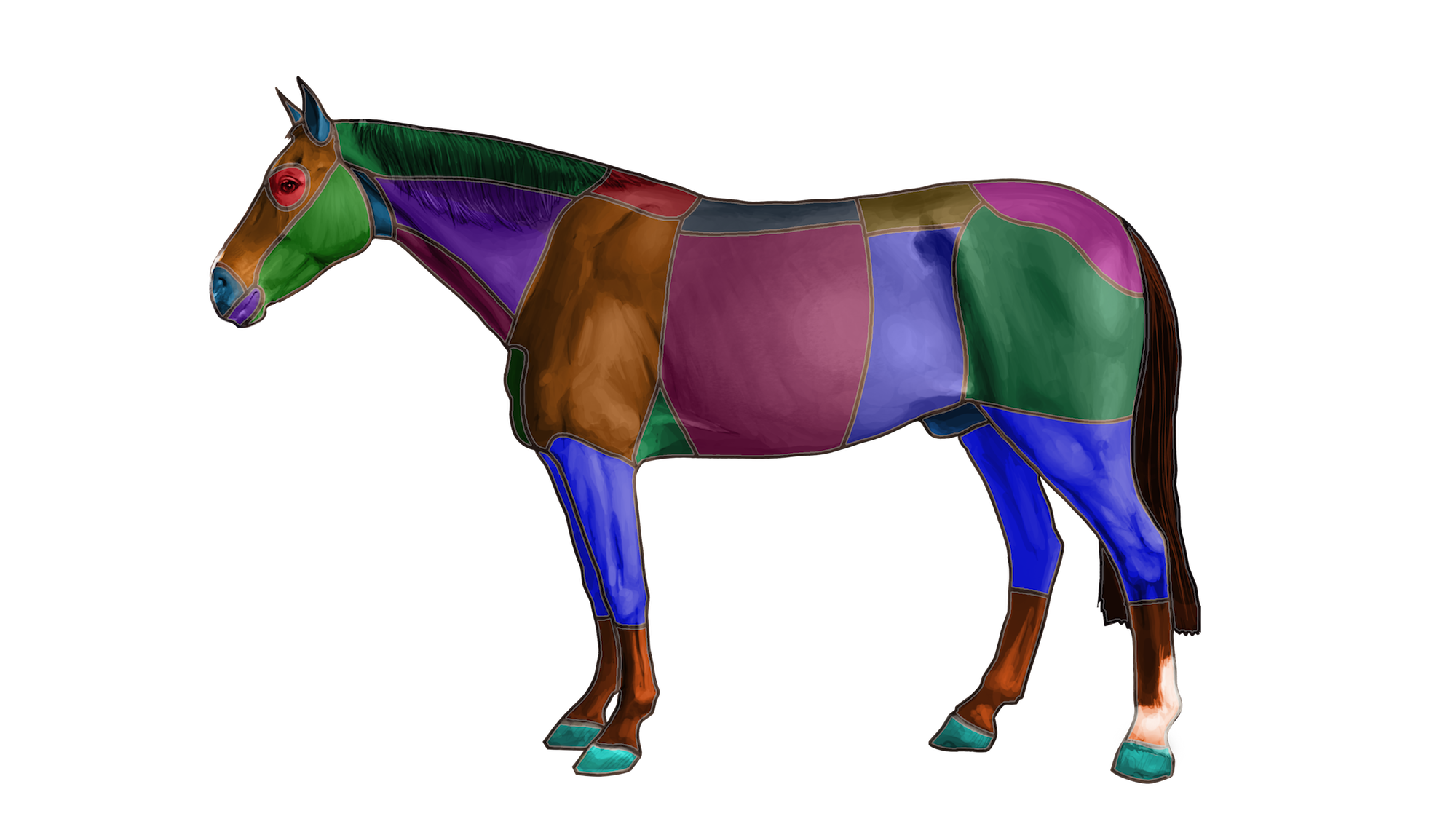
Did you know, you can search for information based on anatomic region, using our equine models.
Sign Up!For Free Access to our Website
Loading...
Sign In
Loading...

